Gut microbiome communities have a significant impact on bee health and disease and have been shown to be shaped by a variety of factors, including exposure to pesticides and inhive chemicals. However, it is unknown whether pesticide exposure affects the coexistence and cross-kingdom network parameters of bee gut microbiome communities because microbes may compete in the gut environment under different stressors. Therefore, we conducted additional analysis of the microbiome data from our previous study in which we discovered that exposure to two novel insecticides flupyradifurone (FPF) and sulfoxaflor (Sulf) or/and a fungicide, azoxystrobin (Azoxy) caused dysbiosis of bee gut microbiota that was associated with an increase in the relative abundance of opportunistic pathogens such as Serratia marcescens. We investigated for the first time the potential cross-kingdom fungal-bacterial interactions using co-occurrence pattern correlation and network analysis. We discovered that exposure to FPF or Sulf alone or in combination with Azoxy fungicide influenced the co-existence patterns of fungal and bacterial communities. Significant differences in degree centrality, closeness centrality, and eigenvector centrality distribution indices were also found in single and double-treatment groups compared to controls. The effects of FPF and Sulf alone on cross-kingdom parameters (bacterial to fungal node ratio, degree of centrality, closeness centrality, and eigenvector centrality) were distinct, but this was reversed when they were combined with Azoxy fungicide. The fungal and bacterial hub taxa identified differed, with only a few shared hubs across treatments, suggesting microbial cross-kingdom networks may be disrupted differently under different stressors. Our findings add to our understanding of pesticide effects on the bee gut microbiome and bee health in general, while also emphasizing the importance of cross-kingdom network analysis in future microbiome research.
2407 Members
127 Countries!
127 Countries!










